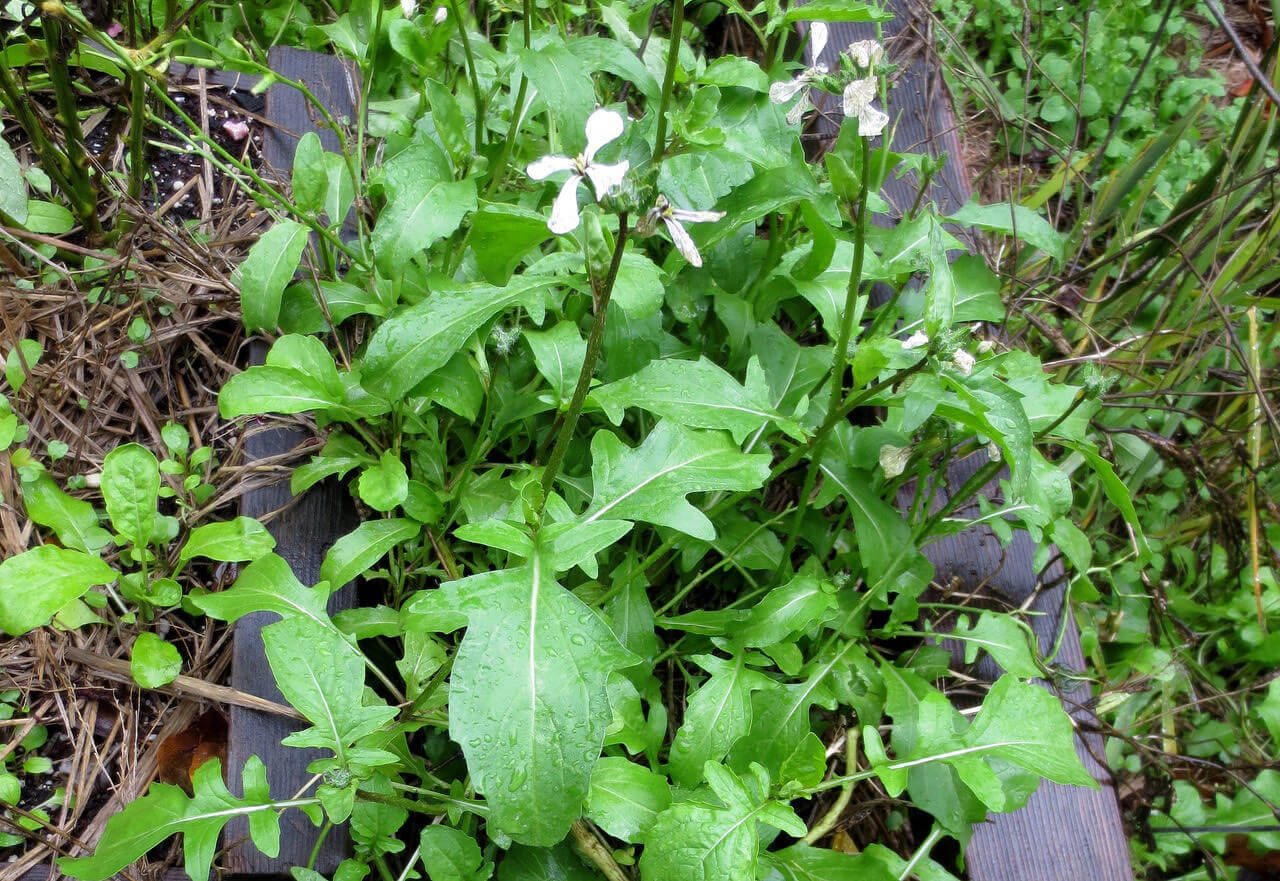Farmers spend a lot of time and effort planning the timing of their crops to be able to maximize bountiful high quality crops from their acreage. Their livelihoods depend on a good plan to consistently supply the markets throughout the season. As home gardeners there are some easy ways we can apply some of their succession planting strategies to our own plots.
Multiple planting dates: Often we will spend a couple of days planting in the spring and then spend the rest of the season maintaining and harvesting from those plantings. For example, instead of planting beans just once, plant a second crop a month later in a space where you’ve finished harvesting a fast maturing plant like lettuce. When the harvest of your first bean planting is slowing down, there will be a new vigorous crop just starting from your second planting.
Transplant and plant: In one afternoon in the garden you can plant seeds and transplant seedlings. The transplants will be ready for harvest much sooner than the seeds so that’s an efficient way to extend your harvests. Lettuce, chard and other greens are good crops to try this way.
Volunteers: When your cilantro starts to bolt don’t pull them all, save one plant and let it drop seed. As they germinate and set true leaves you can gently transplant them to where you want them to grow. This way you can maintain a continuous supply. Lettuce, arugula, cress and other salad herbs are easy to cultivate this way.
We garden only with the good grace of the earth. It’s important to stress that the more you harvest out of your garden, the more you have to nurture and feed your soil. Fertilize when you plant, spread compost often during the growing season, rotate the types of crops you grow in each location as much as you can and seriously consider planting a cover crop during the winter to replenish your soil.
Refine your plan year after year to make the most of your urban farm plot.
–Helen


